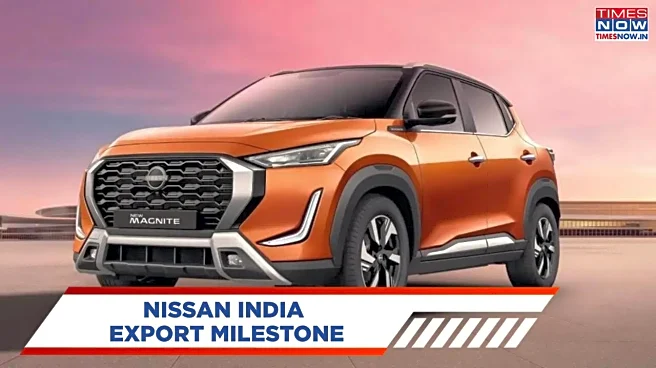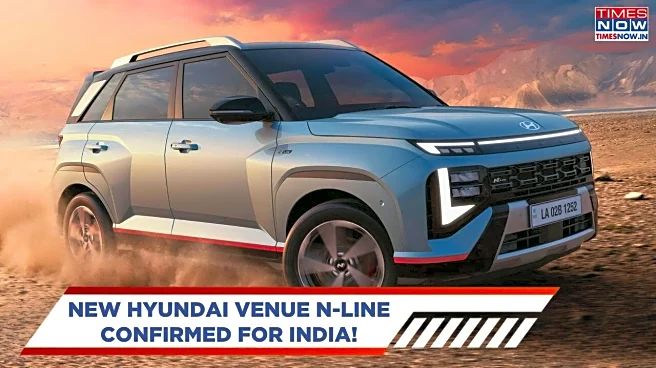Nissan and Renault are gearing up for their next big SUV launches, the Nissan Tekton and the new Renault Duster. Both models share the same CMF-B platform under the Renault-Nissan Alliance, but they take
distinctly different approaches to design and styling. While the Duster leans on its rugged legacy, the Tekton aims for a more futuristic and urban look. Let’s break down the key design differences between the two SUVs, based on their proportions, styling elements, and market intent.
Also Read: Ford Chennai Plant Revival: Rs 3,250 Crore Investment For Global Engine Exports
Front-End Styling: Tough Vs Tech-Focused
The Renault Duster retains its traditional SUV stance with a high bonnet line, large grille, and pronounced wheel arches. Its split LED headlamps and wide air dam give it an aggressive, off-road-ready personality. In contrast, the Nissan Tekton takes a cleaner, more urban approach, featuring a closed upper grille, C-shaped LED DRLs, and a sleeker headlamp layout. The Tekton’s front fascia is more aerodynamic, echoing Nissan’s global design DNA seen on models like the X-Trail and Ariya. The Duster’s upright nose and bold skid plate emphasise durability, while the Tekton’s smoother surfacing signals a tech-oriented design philosophy.
Renault Duster Vs Nissan Tekton: Side Profile And Proportions
From the side, both SUVs reveal their shared architecture but execute it differently. The Renault Duster sports a boxier silhouette, squared-off wheel arches, and roof rails that underline its off-road image. Its character lines are strong and linear, reinforcing a muscular, utility-driven appeal. The Nissan Tekton, meanwhile, opts for a more coupe-like stance with tapering window lines and a subtle shoulder crease that flows into the rear. Its 18-inch alloy wheels have a more aerodynamic design compared to the Duster’s chunkier off-road rims. The Tekton’s styling feels more metropolitan, while the Duster’s proportions are tuned for a traditional SUV buyer.
Renault Duster Vs Nissan Tekton: Rear Styling
At the rear, the Renault Duster carries a wide tailgate design with Y-shaped LED taillamps and prominent branding at the centre. The bumper is robust, with faux skid plates and black cladding. The Nissan Tekton, on the other hand, uses slimmer LED taillamps connected by a blacked-out strip, giving it a more premium, crossover-like appearance. The rear windshield is steeper, and the tailgate design appears more sculpted, which is in line with Nissan’s global aesthetic direction.
Also Read: Hyundai Creta SUV Latest Price List — Check Ex-Showroom Rates By Variant
Two SUVs, Two Directions
While both SUVs share the same foundation, the Renault Duster focuses on toughness and outdoor appeal, whereas the Nissan Tekton leans toward modernity and sophistication. Buyers drawn to rugged adventure styling may gravitate to the Duster, while those seeking a futuristic, city-friendly SUV might prefer the Tekton’s sharper design language.
It is important to note that this is the global-spec Duster. The SUV will arrive on our market on January 26 next year and may have slight stylistic variations.





/images/ppid_59c68470-image-176193004957131043.webp)








